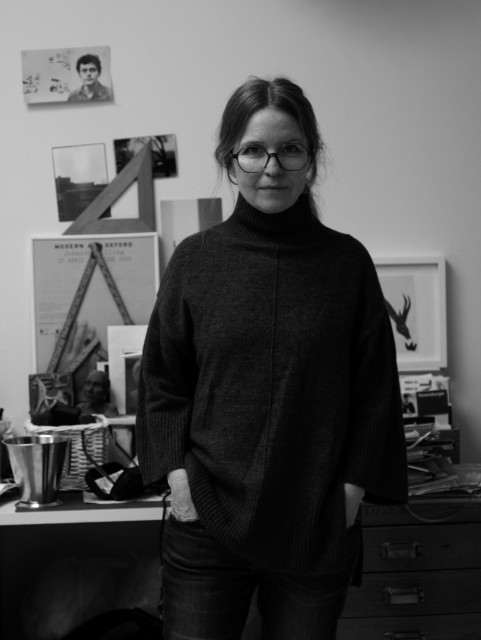This is How we Walk on the Moon is a twenty-seven minute loop that documents the progress of a group of Edinburgh based musicians, all of whom are connected by their inexperience of sailing, and their city of origin. The film charts their journey from dry land into open sea, as they embark on their first journey out into Edinburgh’s Firth of Forth, during a single blustery, changeable day. Accompanied by a soundtrack that covers a multitude of moods- from the euphoric to the melancholic- the music reflects the changes in weather, and the shifting confidence of the novice sailors.
The film appears to be a poetic guide to plain sailing: Adopting a somewhat pedagogical structure comprising short cuts that focus on different elements of the scene and punctuated by ‘chapters’, which take the form of graphic diagrams simplifying the complex procedures, from wind movement to the art of tacking. This is a lesson in motion, where the novice sailors are as it were thrown in at the deep end, and against the backdrop of constantly changing weather their progress slowly becomes visible. The instructive tone of the film extends into the gallery; adopting a sense of a basic classroom, with crudely constructed wooden benches, and a basic white projection screen, reminiscent of an inverted black board. The title is suggestive of the slightly educative tone of the film whilst alluding to the romantic notion of venturing into new territory.
Arguably This is How we Walk on the Moon is first and foremost a study of collective human activity, and furthermore the struggle of each individual as they attempt to take control of an unfamiliar situation. Yet underlying the film is a desire to portray a very specific locality that represents a distinct relationship between the city and the sea. Billing captures the undeniably unique and picturesque horizon line of the city of Edinburgh, whilst symbolizing a certain ignorance or fear of the sea depicted through the tentative actions of first-time sailors, despite their having lived in such close proximity to it. They seem to represent the characteristic resident of Edinburgh, as a city-dweller, not seafarer. For them, urban Edinburgh as they have always experienced it becomes a faint memory seen at a distance and as a point of reflection. As if to confirm this, the city and its landmarks frequently slide into the shot and then out of view; sometimes in focus and sometimes as a blur in the distance; but above all, it provides the constant setting and point of reference throughout the film. As the participants venture into uncharted waters, a sense of understanding is collectively achieved, not merely through a visible improvement in the task at hand, but in a newfound awareness and relationship to their native city.
Rent this work for public screenings

